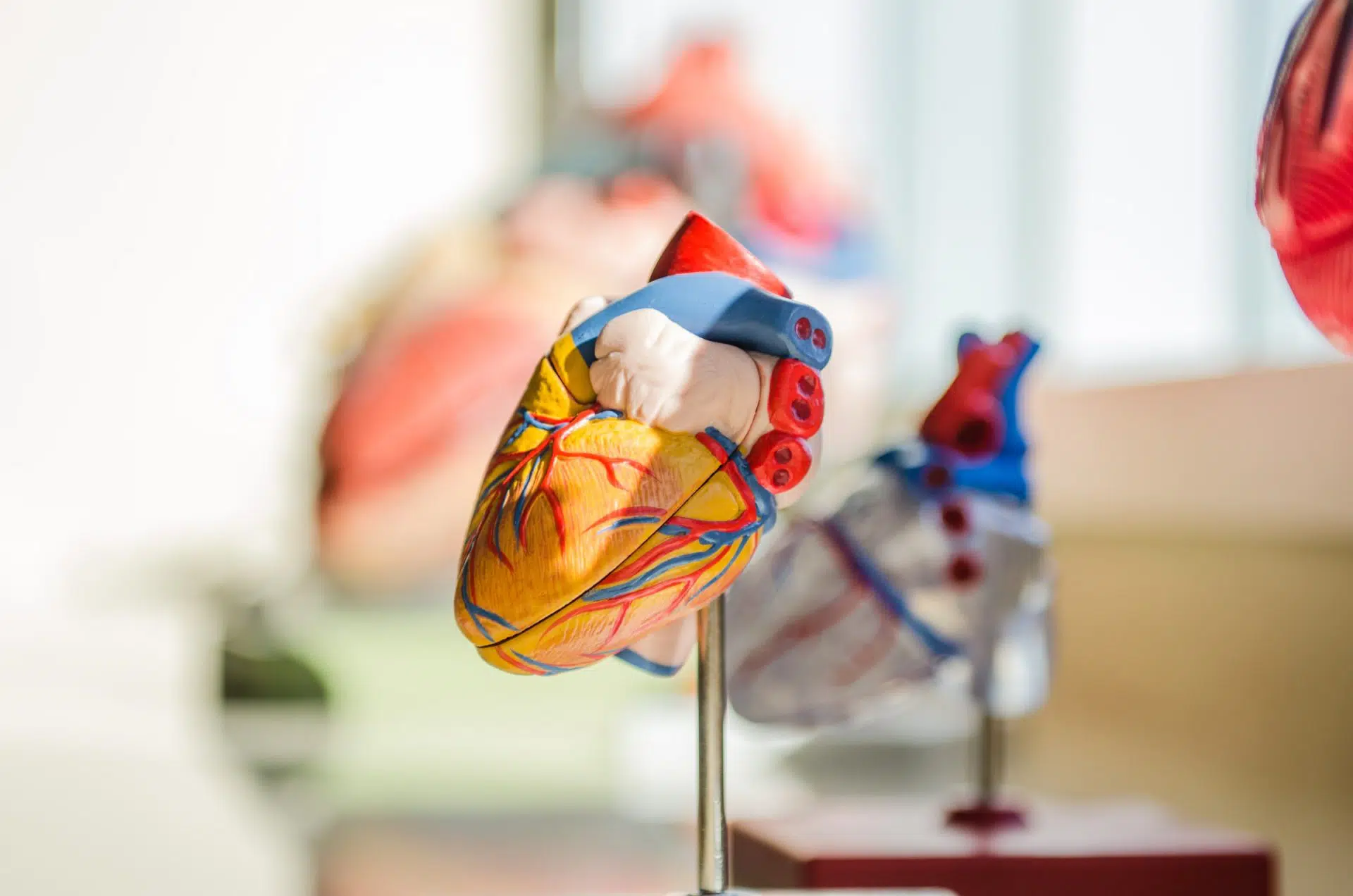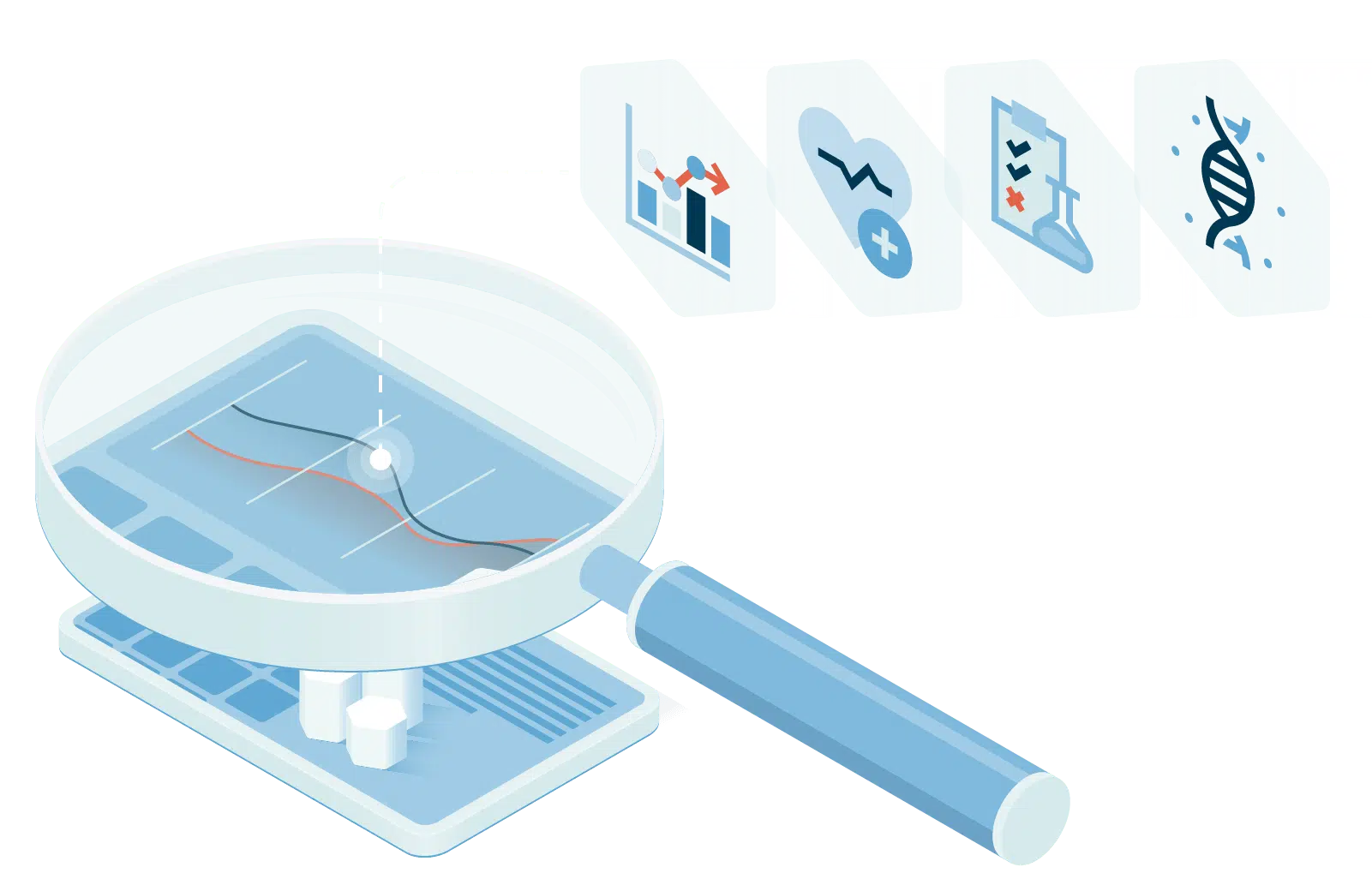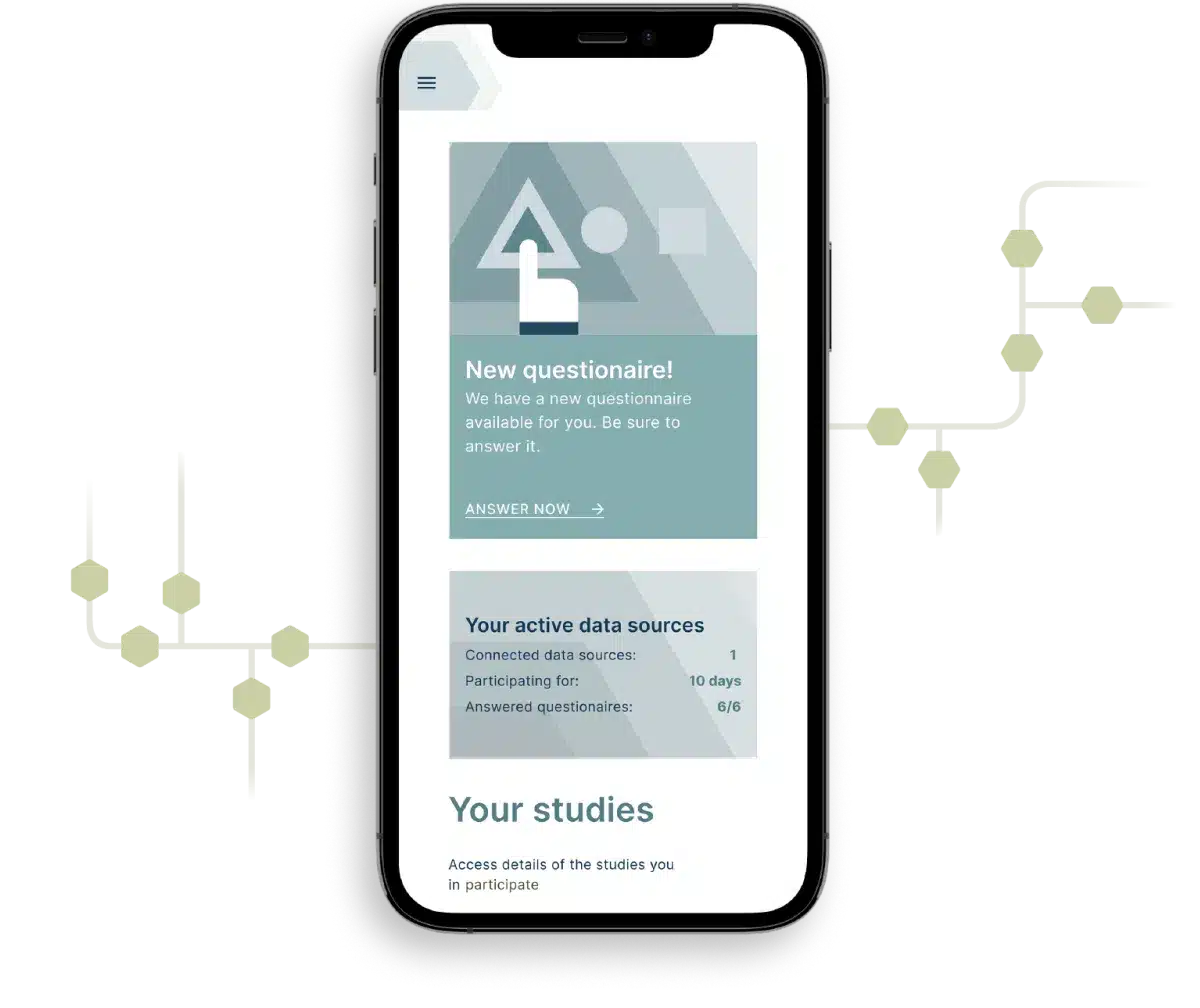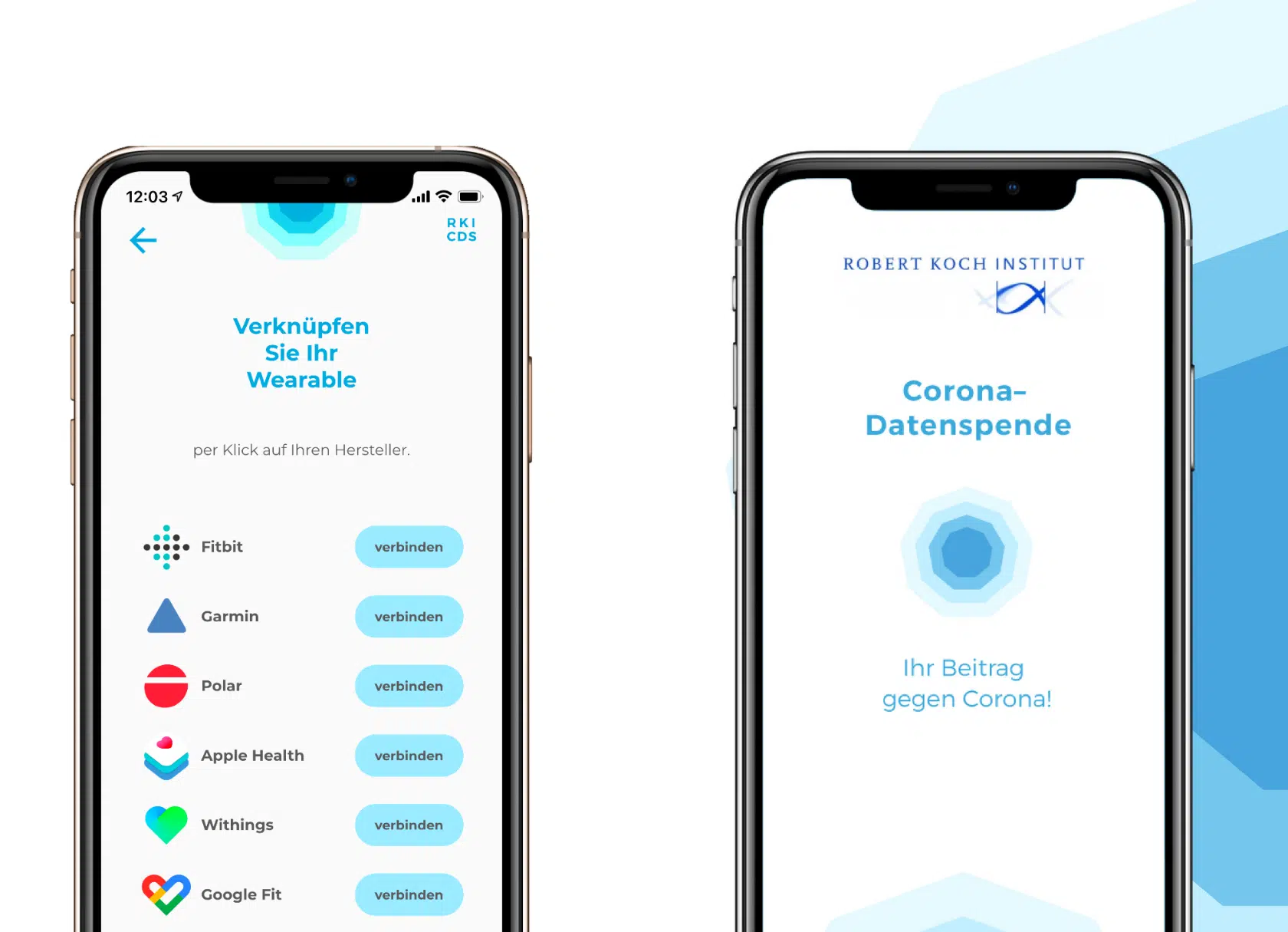Real-world data for cardiovascular disease treatment and prevention

Trackable indicators for cardiovascular diseases
Constant heart rate monitoring is at the core of almost all wearable devices. This allows for data capture of biomarkers like resting heart rate. As “in healthy populations, a high resting HR has been associated with an increased risk of coronary artery disease”. [2] This data can provide valuable information for cardiovascular disease prevention.
The data provided by most wearable device sensors allows for advanced calculations of heart rate variability (as provided by Thryve’s analytics), which can be a strong indicator for heart failure. “Short-term heart rate variability strongly predicts sudden cardiac death in chronic heart failure patients“ [3], research suggests.
When put in context with other real-world data provided by wearables like information on physical activity, deeper insights can be generated: “An impaired HR recovery after exercise correlates with increased adverse cardiovascular events”, states a paper. [2]
Data on physical activity by itself can generate beneficial information as “Physical activity is inversely correlated to adverse cardiovascular outcomes”. [2]
As we focus in this article on passive health monitoring, we don’t elaborate on data provided by FDA-approved ECGs like those used in the Apple Watch or Withings Scanwatch.
Real-world data provided by Thryve
Thryve’s technology enables access to real-world data from hundreds of wearables, medical devices, and consumer health data silos. We unify patients’ data from smartwatches, blood glucose meters, and many other sources into more than 300 harmonized, digital data points. We integrate directly into existing apps or enable to access data via our clinical research infrastructure.
Thryve helps you to get data on activity, sleep, cardiovascular information, nutrition, temperature, respiration, body composition, blood tests, environmental (e.g. weather, pollution), wellbeing, and intestinal flora.
Developing digital biomarkers for heart failure and atrial fibrillation
As cardiovascular diseases can develop in multi-faceted conditions we focus solely on two major aspects when discussing the possibilities of digital biomarkers: heart failure and atrial fibrillation. If you want to learn more on how we can help to use real-world data for other aspects of cardiovascular diseases please contact us directly.
When developing early detection biomarkers for heart failure, a recent study “explore[d] the feasibility of monitoring outpatients using Fitbit Charge HR wristbands and the potential of machine learning models to predict clinical deterioration (readmissions and death) among outpatients discharged from the hospital.“ The main data points used were steps, sleep, and heart rate.
The results are promising: „Machine learning models based on multimodal data (step, sleep, and heart rate) significantly outperformed the traditional clinical approach based on LACE index. Moreover, our proposed Weighted Samples One-Class SVM model with estimated confidence can reach high accuracy (0.9635) for predicting the deterioration using data collected within a sliding window, which indicates the potential for allowing timely intervention.“ [4]
When working on detecting atrial fibrillation early, research has shown that high-density data from smartwatches can provide great results: “[…]we showed that a commercially available smartwatch can passively identify AF against the criterion-standard 12-lead ECG among sedentary individuals […]”, state researchers. [5] Their outlook is optimistic: “Given the broad and growing use of smartwatches and ready accessibility of downloadable mobile applications, this approach may ultimately be applied to perform AF detection at large scale, ultimately leveraging common wearable devices to guide AF management and rhythm assessment.“ [5]
[1] HTTPS://ROCKHEALTH.COM/REPORTS/DIGITAL-HEALTH-CONSUMER-ADOPTION-REPORT-2020/
[2] Bayoumy, K., Gaber, M., Elshafeey, A. et al. Smart wearable devices in cardiovascular care: where we are and how to move forward. Nat Rev Cardiol (2021). HTTPS://DOI.ORG/10.1038/S41569-021-00522-7
[3] Rovere, Maria & Pinna, Gian & Maestri, Roberto & Mortara, Andrea & Capomolla, Soccorso & Febo, Oreste & Ferrari, Roberto & Franchini, Mariella & Gnemmi, Marco & Opasich, Cristina & Riccardi, Pier & Traversi, Egidio & Cobelli, Franco. (2003). Short-Term Heart Rate Variability Strongly Predicts Sudden Cardiac Death in Chronic Heart Failure Patients. Circulation. 107. 565-70. 10.1161/01.CIR.0000047275.25795.17.
[4] Dingwen Li, Jay Vaidya, Michael Wang, Ben Bush, Chenyang Lu, Marin Kollef, and Thomas Bailey. 2020. Feasibility Study of Monitoring Deterioration of Outpatients Using Multimodal Data Collected by Wearables. ACM Trans. Comput. Healthcare 1, 1, Article 5 (February 2020), 22 pages. DOI: HTTPS://DOI.ORG/10.1145/3344256
[5] Tison GH, Sanchez JM, Ballinger B, et al. Passive Detection of Atrial Fibrillation Using a Commercially Available Smartwatch. JAMA Cardiol. 2018;3(5):409–416. doi:10.1001/jamacardio.2018.0136








